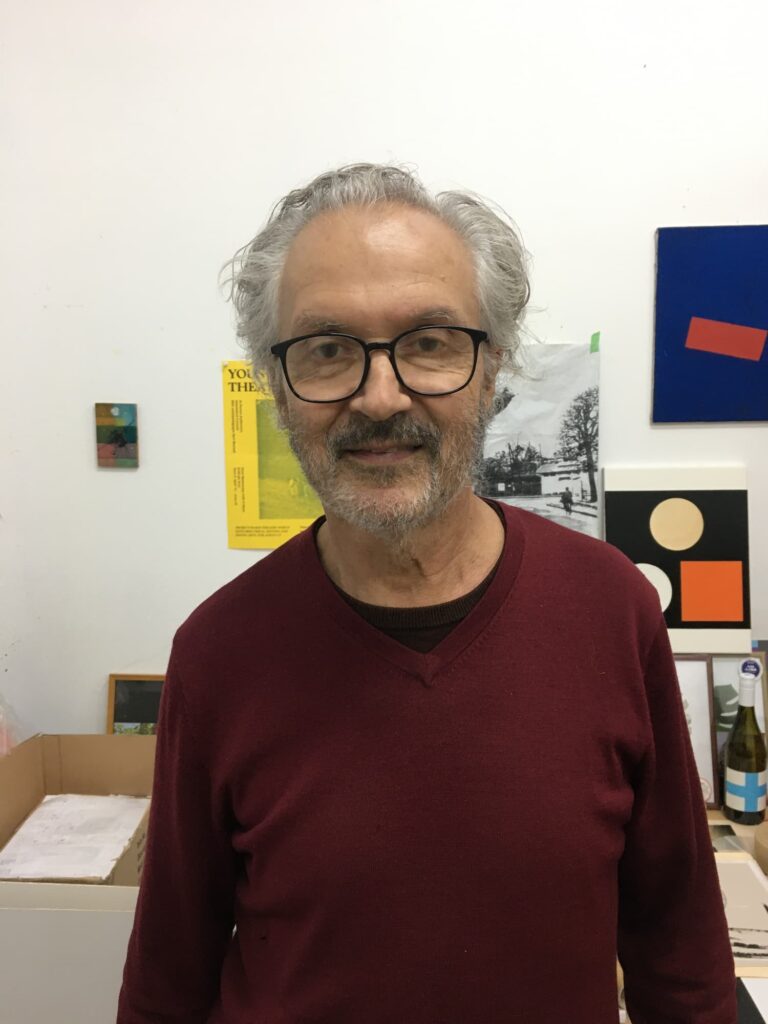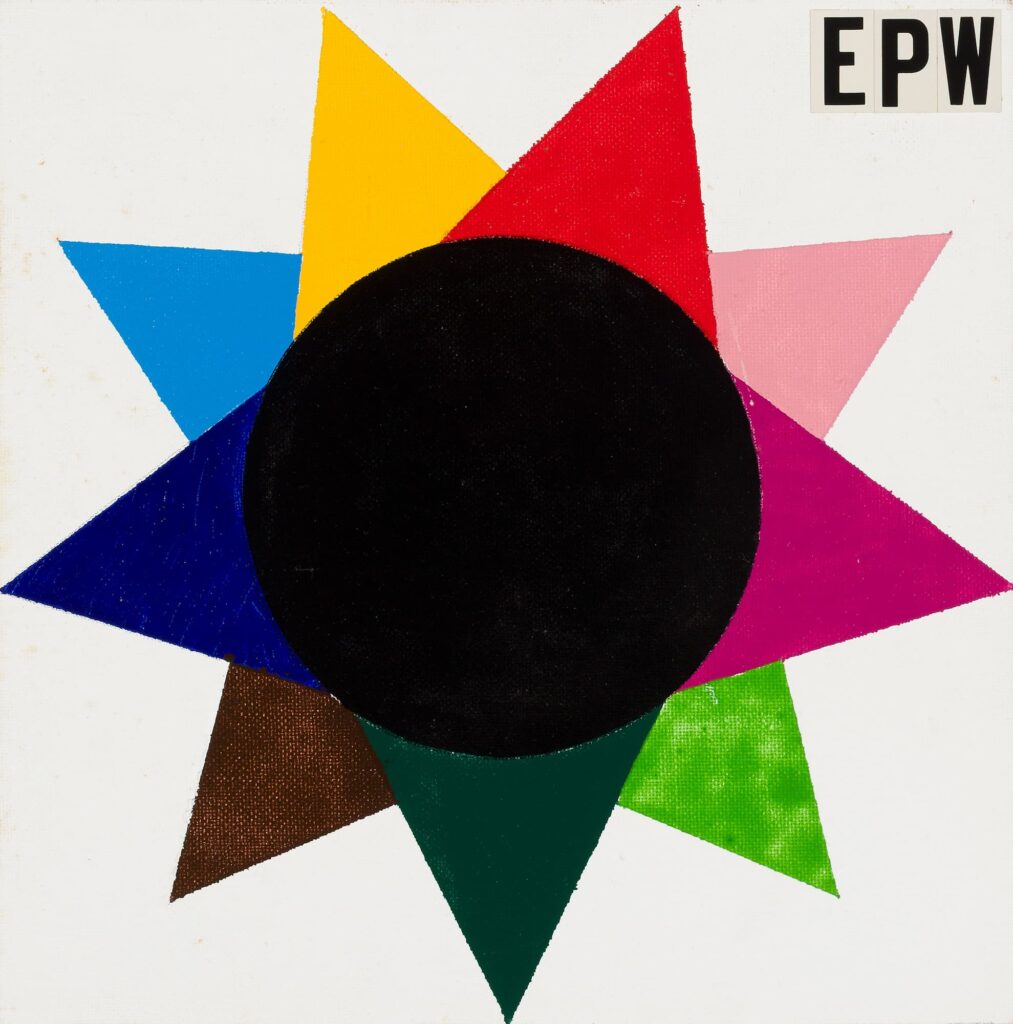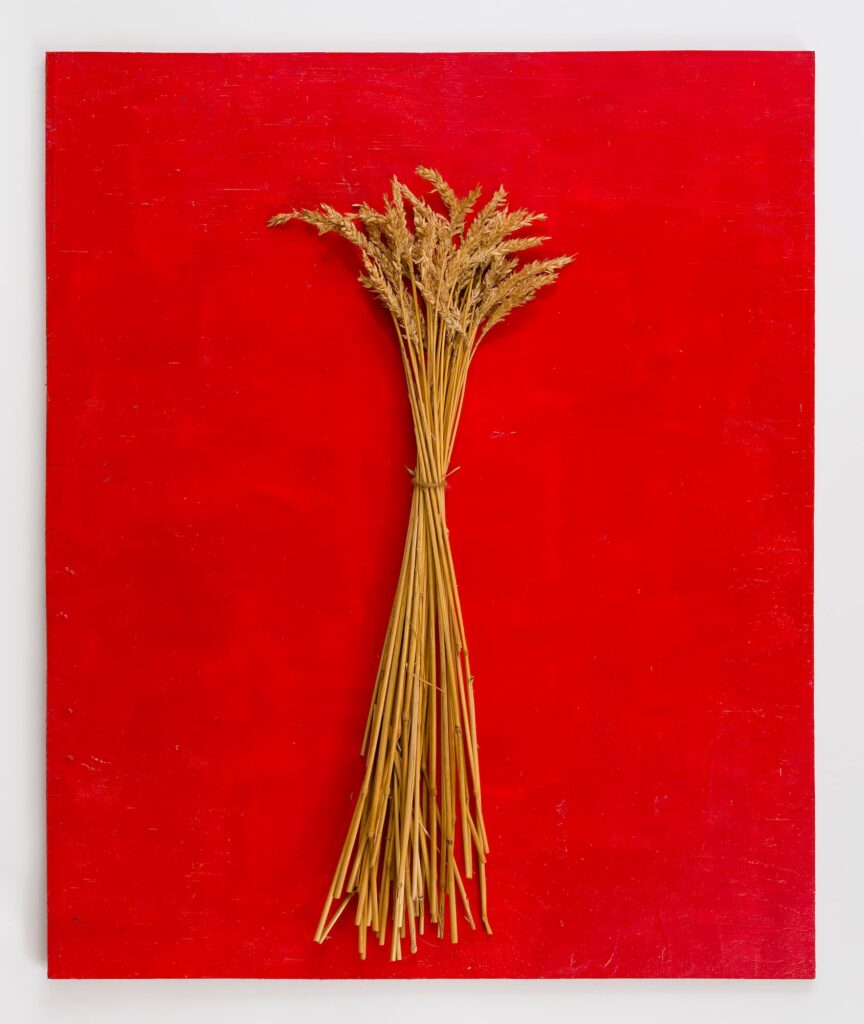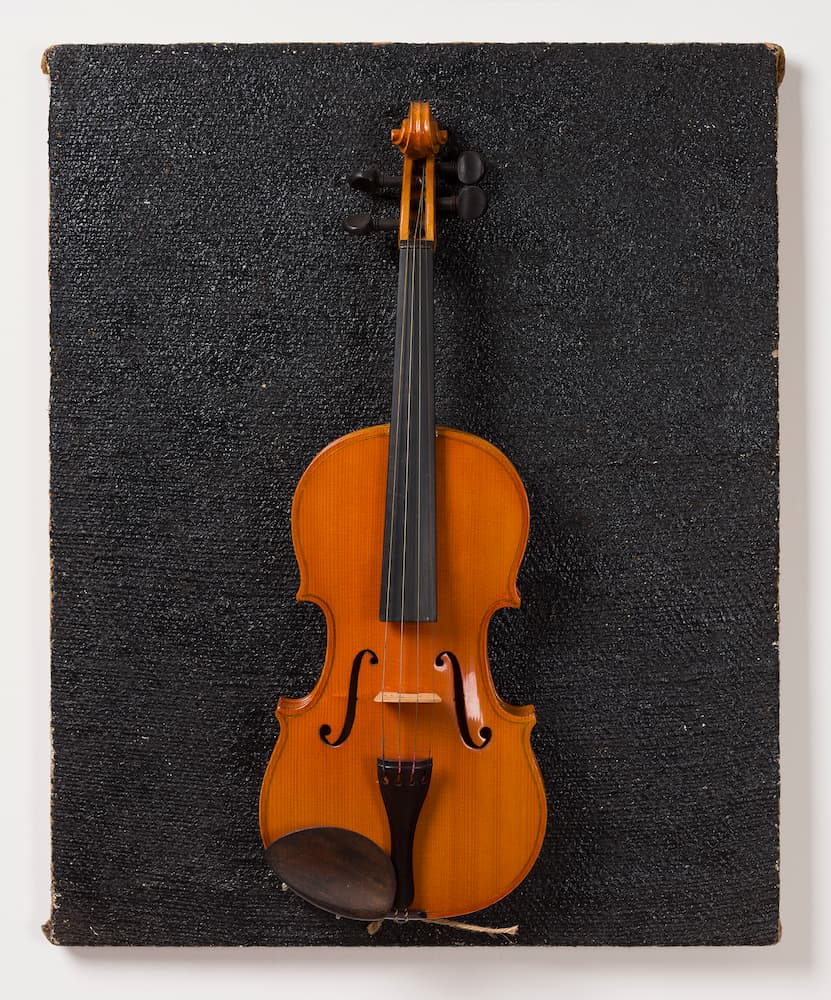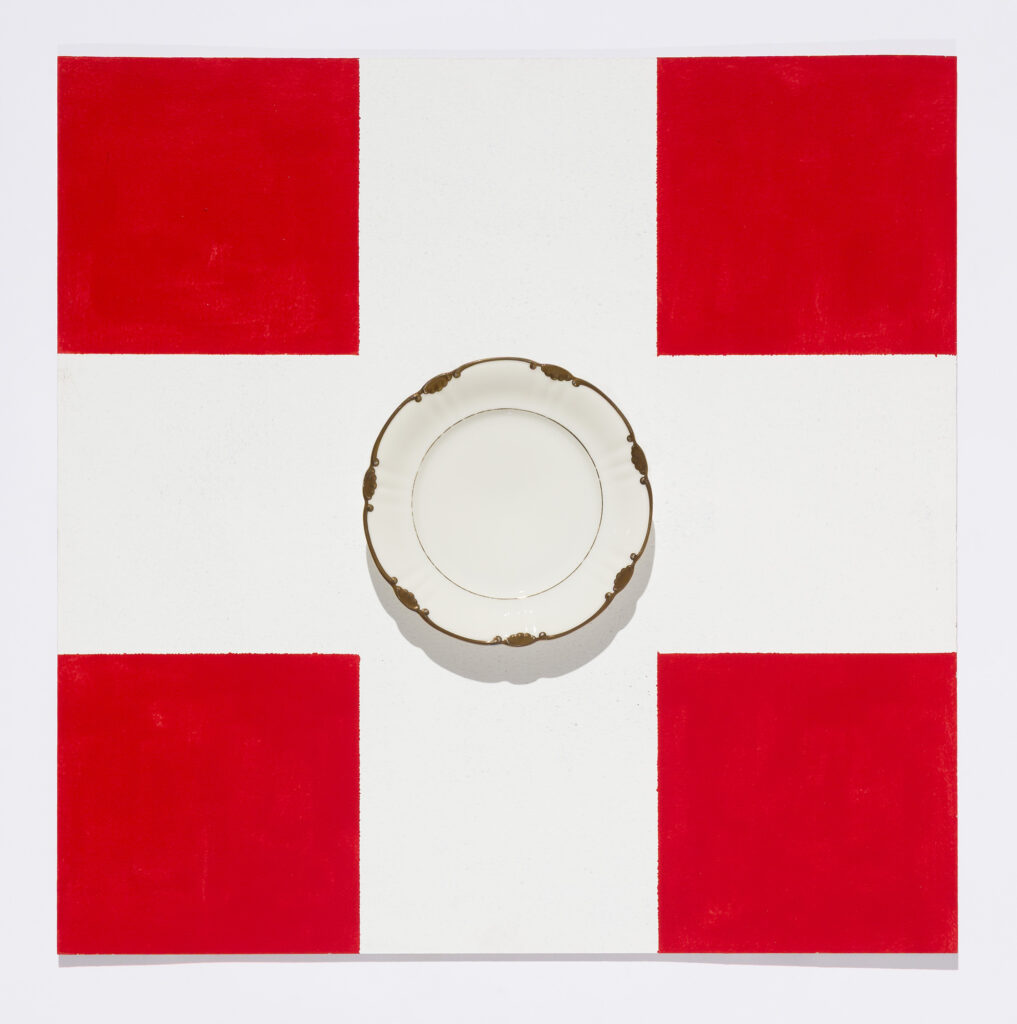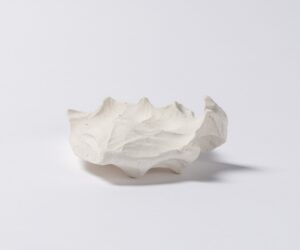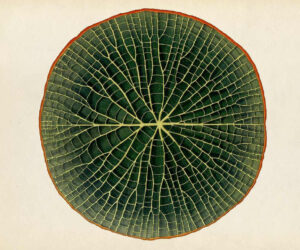Song of the Earth – John Nixon at Heide Museum of Modern Art
Heide Museum of Modern Art has announced Song of the Earth, a major exhibition of works by John Nixon (1949–2020), one of Australia’s most influential and experimental abstract artists.
On view from 26 November 2025 to 9 March 2026, this extensive survey is the first to span Nixon’s fifty-year career. Presented five years after his death, it offers a timely celebration of his life’s work.
Curated by Nixon’s wife, leading curator and writer Sue Cramer, with Heide Senior Curator Melissa Keys, the survey is drawn from the artist’s estate, together with loans from private lenders and major institutions such as the National Gallery of Australia, the Art Gallery of South Australia, Monash University Museum of Art, and the Chau Chak Wing Museum at the University of Sydney.
Nixon approached abstraction not merely as a style but as an ethical position — a way of engaging with the world through clarity, simplicity, and an irrepressible spirit of experimentation. His vibrant, materially diverse paintings combine bold geometric forms with repurposed materials — cardboard, wood, metal, hessian, and other humble fabrics, which he transforms into objects of visual pleasure. As Nixon said, “There is no waste in what I do, it’s a self-sustaining practice. Everything becomes useful to me”.
Nixon also drew inspiration from twentieth-century avant-garde movements — particularly Dada, Futurism, and above all Russian Constructivism, whose ambitious, multidisciplinary vision and geometric vocabulary captured his imagination. As a young artist, he also absorbed the formal clarity of Minimalism, with its simple, object-like forms, and the concept-driven approach of Conceptual Art, which challenged prevailing artistic norms. Ever the avant-gardist, he carried this spirit of experimentation forward into contemporary times, believing that ‘to be an artist is to question the nature of art’.
The exhibition’s title suggests the significance of music and nature to Nixon’s work. Curator Sue Cramer says: “The leitmotifs of ‘the Song’ and ‘the Earth’ have inspired this exhibition of John Nixon’s abstract artworks, drawing attention to the lyricism that unfolds in his work alongside its more formal and analytical concerns. His art of the 1980s is especially rich with allusions to music and nature, which broaden the resonance of his abstractions and connect them to wider domains. Nixon envisioned art and life as inseparable, drawing on the utopian and aspirational ideals of the historical avant-garde to affirm art — and most particularly non-objective abstraction — as an epic and far-reaching endeavour”.
Song of the Earth presents rarely seen minimal and conceptual works from the late 1960s and 1970s, alongside Nixon’s striking 1980s tableaux, in which abstract paintings are combined with readymade objects — including a grand piano, a pail of potatoes, and a bicycle. It also highlights Nixon’s long-running Experimental Painting Workshop (EPW), which he described as ‘not a physical workshop’ but a conceptual framework for his entire practice. A dedicated room explores Nixon’s ‘side projects’ including the Polaroid series The Society for Other Photography (1980–1982), his Anti-Music collective (1979–1983), a cassette recording project, and his later music and theatre ventures, including the band The Donkey’s Tail and the theatre troupe The Donkey’s Tail Klang Theatre.
Senior Curator Melissa Keys says: “A much loved educator and mentor to many early career artists, Nixon was a central figure in Melbourne’s creative community, initiating publishing projects, curatorial ventures, and collaborative music and theatre activities that engaged generations of Australian artists. His influential Art Projects gallery (1979–1984) — a space for exhibiting his own work alongside that of his contemporaries — established an enduring model for today’s artist-run galleries”.
More information: heide.com.au

